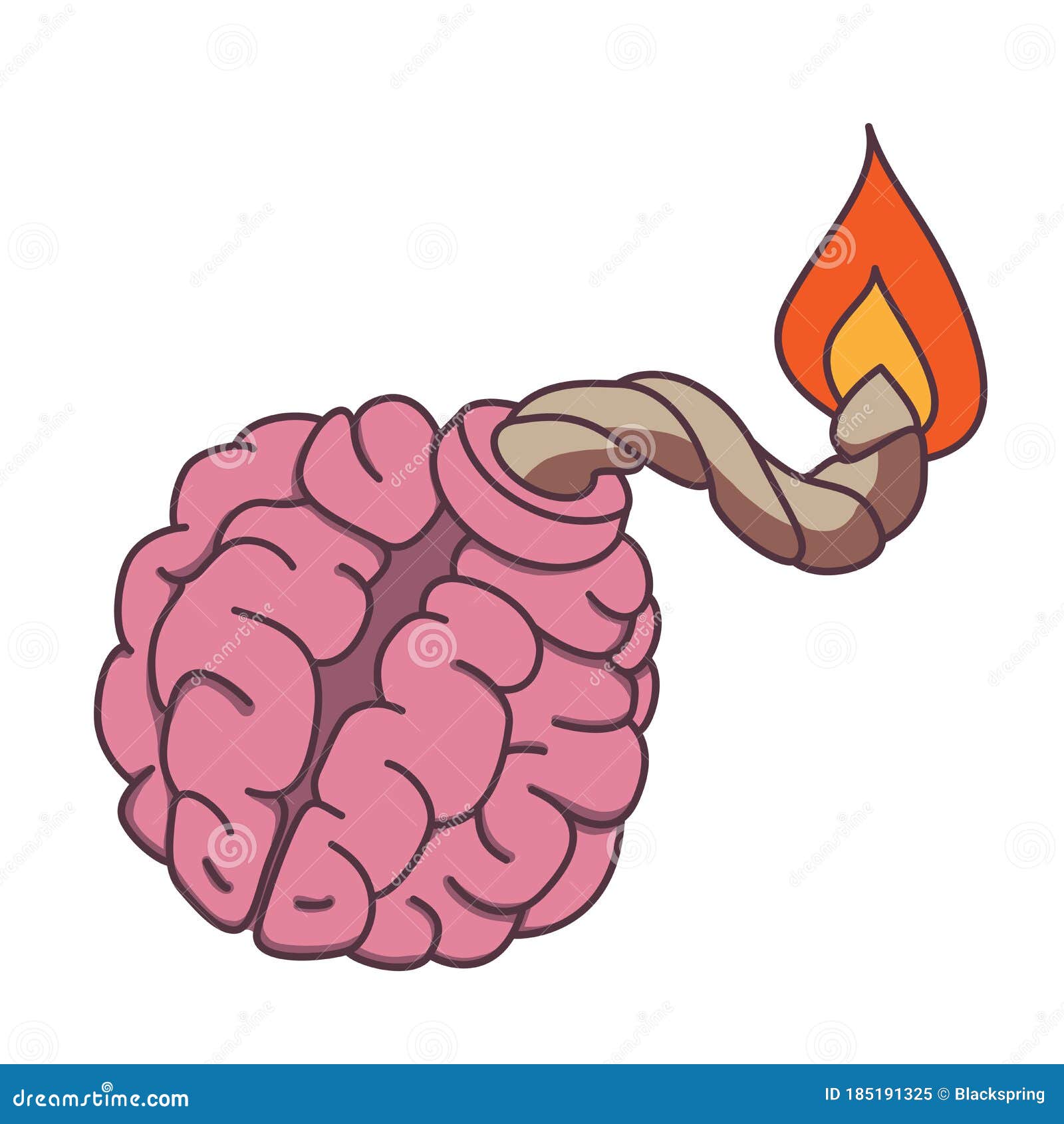The annals of history are strewn with figures whose intellect and ingenuity have indelibly altered the trajectory of human society. Among these luminaries emerges a singular individual whose legacy is entwined with both ingenuity and destruction: the last bomb designer. This figure symbolizes a crucial paradigm shift in the field of armaments, embodying the complex interplay of technology, ethics, and existential threat. Through an intensive exploration of their work, motivations, and lasting impact, we seek to unearth the paradoxical promises and perils associated with bomb design in a historically tumultuous context.
To understand the significance of the last bomb designer, one must first delve into the intricate tapestry of wartime innovation. The genesis of contemporary explosives can be traced back to World War I, where the relentless exigencies of conflict spurred an unprecedented arms race. However, the domain of bomb design transcends mere weaponry; it resonates with a profound philosophical inquiry regarding the very essence of scientific progress. The last bomb designer represents the culmination of a century-long journey through the evolution of explosive technology, wherein each successive iteration not only reflected advancements in chemistry and engineering but also a burgeoning ethical dilemma.
As we examine the biographical contours of this enigmatic figure, it becomes apparent that their brilliance was characterized by an acute awareness of the sociopolitical milieu. Early in their career, the designer grappled with the dissonance between scientific curiosity and moral responsibility. Such tension is emblematic of the broader scientific community during this tumultuous epoch—an arena where researchers were simultaneously heralded as innovators and vilified as harbingers of destruction. The designer’s intellectual odyssey culminated in the creation of devices that, while surgically precise in their execution, laid bare the horrifying implications of wielding such power.
One cannot overlook the profound ethical quandaries that accompanied the designer’s work. The advent of nuclear weapons garnered global attention, ushering in an era defined by the specter of mutually assured destruction. It was within this milieu that the last bomb designer formulated their most groundbreaking concepts. Driven by the dual imperatives of deterrence and efficacy, their contributions fostered a fundamentally altered landscape for international relations and military strategy. In multiplexing theory and application, their designs not only fortified national defenses but also catalyzed a pervasive atmosphere of anxiety. This paradox initiated a profound shift in public perception regarding the consequences of scientific inquiry—transforming erstwhile admirers into skeptics.
A notable facet of the legacy left by this last designer is the sophisticated interplay of technology and popular culture. The allure of destructive power found its way into the collective imaginations of societies across the globe. Books, films, and multimedia art became rife with themes exploring the human condition in the shadow of impending doom. As a purveyor of devastation, the last bomb designer paradoxically inspired a genre of existential reflection, igniting discussions about human agency, technological fatalism, and the future of civilization. These narratives resonate profoundly today, as societies grapple with the existential implications of artificial intelligence, biotechnology, and other rapidly advancing fields.
Yet, one must approach this legacy with a critical eye. The last bomb designer’s innovations did not manifest in a vacuum. They were products of complex socio-economic forces and governmental imperatives, often entwined with the machinations of state-sponsored militarization. The scholarship surrounding this figure compels a reassessment of the romanticized notion of the “lone genius.” Instead, it necessitates a recognition of the collaborative nature of scientific advancement in the context of militarized aggression. This realization prompts an inquiry into broader themes of accountability that extend beyond the solitary figure, encapsulating the very institutions that facilitated the proliferation of their designs.
The evolution of bomb design mirrors a cyclic pattern seen throughout history, wherein each innovation leads to advancements in countermeasures and the subsequent arms race. As modern conflicts have transitioned from conventional warfare to asymmetrical engagements, the last bomb designer’s contributions have become increasingly salient. The conceptual frameworks they laid down now underpin tactical developments that inform military strategy in environments that reject traditional paradigms. The horizon of warfare continues to shift, with implications that reverberate through geopolitical landscapes. This analysis engenders a probing discourse about the future of warfare as it intersects with technological advancement.
A fundamental shift is necessary in how we contemplate the legacies of bomb designers. The narrative surrounding these figures must expand to incorporate the myriad ethical complications and unintended consequences tied to their creations. In doing so, we must prioritize interdisciplinary dialogues that include philosophers, historians, sociologists, and scientists, engendering a holistic understanding of the ramifications of their work over time. Only through such a comprehensive lens can we account for the ripple effects initiated by the last bomb designer, who stands as both a testament to human ingenuity and a cautionary emblem of the inherent dangers of technological advancement.
Ultimately, the story of the last bomb designer serves as an illustrative case study in the tension between innovation and ethical responsibility. By confronting the multifaceted narratives surrounding this figure, society is prompted to confront its own complicity in the trajectory of technological progress. As humanity trudges forward into a future imbued with complex challenges, the lessons gleaned from the life of this influential individual resonate more profoundly than ever. It is incumbent upon subsequent generations to navigate this delicate equilibrium, ensuring that the promises of technology are not eclipsed by the specter of destruction it can unleash. The call to action is clear: embrace a new perspective replete with cautious optimism as we endeavor to chart a more sustainable and humane future.










